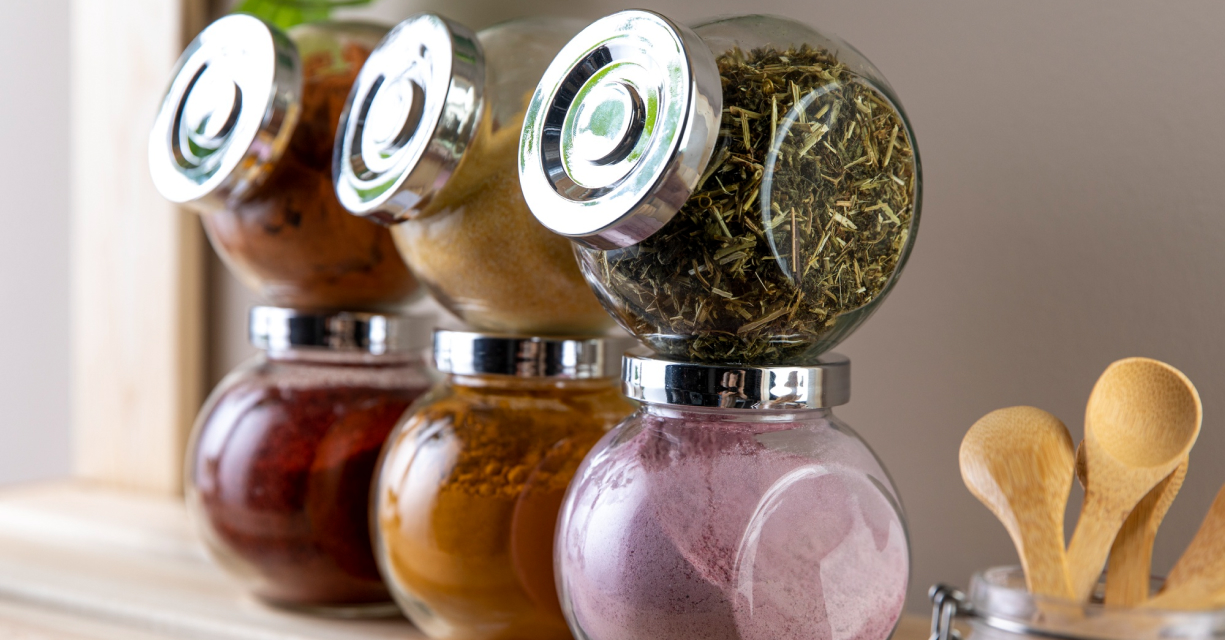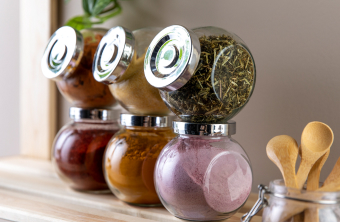

Spices have been treasured for centuries, not just for their ability to enhance the flavor of food but also for their medicinal properties. They are the soul of cooking, adding depth, complexity, and a touch of magic to dishes from all over the world. However, to fully harness the power of spices, it’s essential to know how to use and store them properly. This article will guide you through the world of spices, offering tips on how to make the most of these culinary treasures.
Spices are aromatic substances derived from the seeds, fruits, roots, bark, or other parts of plants. They are used to flavor, color, and preserve food, and each spice has a unique profile that can transform a dish. Here are some commonly used spices and their characteristics:
Using spices effectively can elevate your cooking. Here are some tips on how to get the most out of your spices:
Proper storage is crucial to maintaining the flavor and potency of your spices. Here are some guidelines for storing spices:
Different cuisines rely on unique combinations of spices to create their signature flavors. Here are some spice profiles from various regions:
While dried spices are convenient and have a longer shelf life, fresh spices can add a different dimension to your cooking:
Exploring the world of spices can transform your cooking, adding new layers of flavor and complexity to your dishes. By understanding how to use and store spices properly, you can ensure they remain fresh and potent, enhancing your culinary creations. So, experiment with different spices, try new spice blends, and enjoy the journey of discovering new flavors from around the world. Whether you’re a seasoned cook or a beginner, spices offer endless possibilities for creativity and deliciousness in the kitchen.